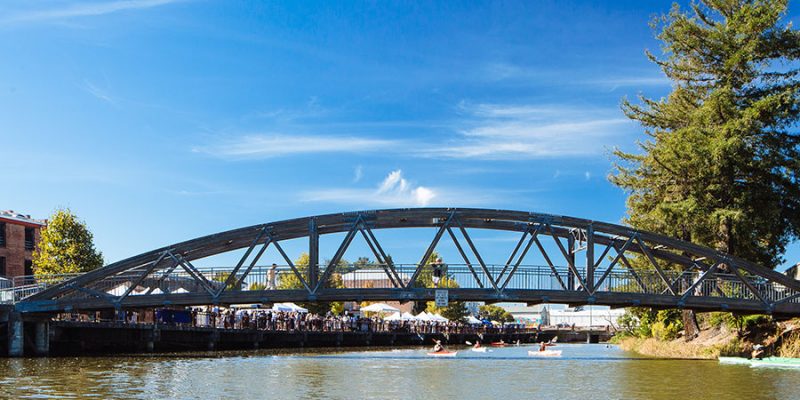Earthquake Prep and Safety
You can survive an earthquake and minimize its damage simply by becoming aware of potential hazards and taking some basic earthquake preparedness measures.
The fact is that movement of the ground is seldom the actual cause of death or injury. Most casualties result from partial building collapse, falling objects and debris, such as toppling bookcases, ceiling plaster and light fixtures.
Before the Quake
Develop a family earthquake plan. Prepare yourself, your family and your home by completing the activities on this checklist.
- Decide how and where your family will reunite if separated.
- Choose an out-of-state friend or relative that separated family members can call after the quake to report their whereabouts and condition.
- Maintain emergency food, water and other supplies, including a flashlight, a portable batter-operated radio, extra batteries, medicines, first aid kit and clothing.
- Keep a list of emergency phone numbers.
- Know the safe spots in each room; under sturdy tables, desks, or against inside walls.
- Know the danger spots: windows, mirrors, hanging objects, fireplaces and tall, unsecured furniture.
- Conduct practice drills. Physically place yourself in safe locations.
- Learn first aid and CPR (cardiopulmonary resuscitations) from your local Red Cross Chapter or other community organization.
- Learn how to shut off gas, water and electricity in case the lines are damaged. (Safety note: Do not attempt to relight gas pilot. Call the utility company.)
- Check chimneys, roofs, walls, and foundations for stability. Make sure your house is bolted to its foundation.
- Secure water heater and appliances that could move enough to rupture utility lines.
- Keep breakables and heavy objects on bottom shelves.
- Secure heavy tall furniture that can topple, such as bookcases, china cabinets or wall units.
- Secure hanging plants and heavy picture frames or mirrors (especially over beds).
- Put latches on cabinet doors to keep them closed during shaking.
- Keep flammable or hazardous liquids such as paints, pest sprays or cleaning products in cabinets or secured on lower shelves.
During the Quake
- If indoors, stay there. Get under a desk or table or stand in a corner.
- If outdoors, get into an open area away from trees, buildings, walls and power lines.
- If driving, pull over to the side of the road and stop. Avoid overpasses and power lines. Stay inside until the shaking is over.
- If in a high-rise building, stay away from windows and outside walls. Get under a table. Do not use elevators.
After the Quake
Check for injuries. Apply first aid. Do not move seriously injured individuals unless they are in immediate danger.
Do not use the telephone immediately unless there is a serious injury or fire.
Hunt for hazards.
- Check for gas and water leaks, broken electrical wiring or sewage lines. If there is damage, turn utility off at the source.
- Check building for cracks and damage, including roof, chimneys and foundation.
- Check food and water supplies. Emergency water may be obtained from water heaters, melted ice cubes, toilet tanks and canned vegetables.
- Turn on your portable radio for instructions and news reports. Cooperate fully with public safety officials.
- Do not use your vehicle unless there is an emergency. Keep the streets clear for emergency vehicles.
United States Geological Survey Earthquake Information

Since earthquakes strike without warning, it is important to act now. The longer you wait, the greater the risk.
by Assistant Fire Chief Jeff Schach

